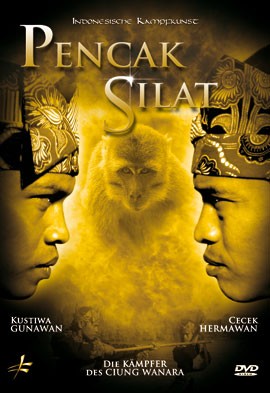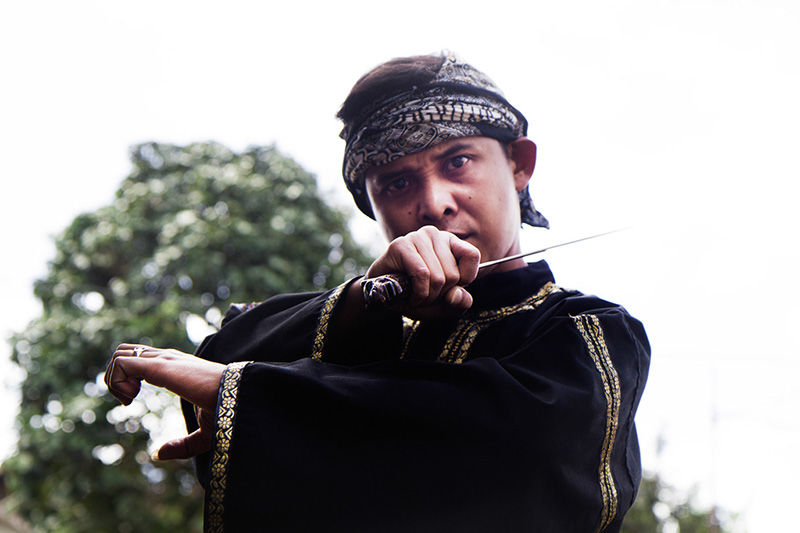

“Chinese fighting tactics have had positive influences on the development of pentjak silat," says noted martial arts historian and author Donn Draeger. There are also many systems that blend pentjak silat and kuntao. In Indonesia, there exist hundreds of styles of pentjak silat (also spelled pencak silat), as well as many systems of kuntao, a form of Chinese boxing that bears many similarities to silat and is found primarily within the Chinese communities in Indonesia. Common to all of these styles is a combat-oriented ideology and the use of weaponry. Roughly speaking, silat means “skill for fighting." There are hundreds of different styles of silat, most of which are found in Indonesia, Malaysia, Singapore, southern Thailand and the southern Philippines.

Can you sweep him to the ground? Can you elbow his spine? Can you stomp on one of his feet and force him off-balance? These are just a few of the possibilities available to an accomplished silat stylist. If he is still a threat after your initial salvo of blows, your combinations must continue. Now that you've entered the battleground and are literally in the drunk's face, you can begin the “tranquilizing process" - a vicious combination of elbows, knees, finger jabs, head butts and kicks to his groin, shins, thighs, eyes or any other vulnerable target.īurton Richardson with a silat karambit trainer. This range is referred to as the “battleground" by Indonesians. What the drunk doesn't know is that you are trained in the Indonesian martial art of silat, and you are therefore able to move easily into close range where your big guns - the knees, elbows and head - can be brought into play.

You are minding your own business, buying a newspaper at your local convenience store, when a belligerent drunk decides to throw a punch at you simply because you met his stare for a second too long.


 0 kommentar(er)
0 kommentar(er)
